How to implement Fulfillment? See step by step
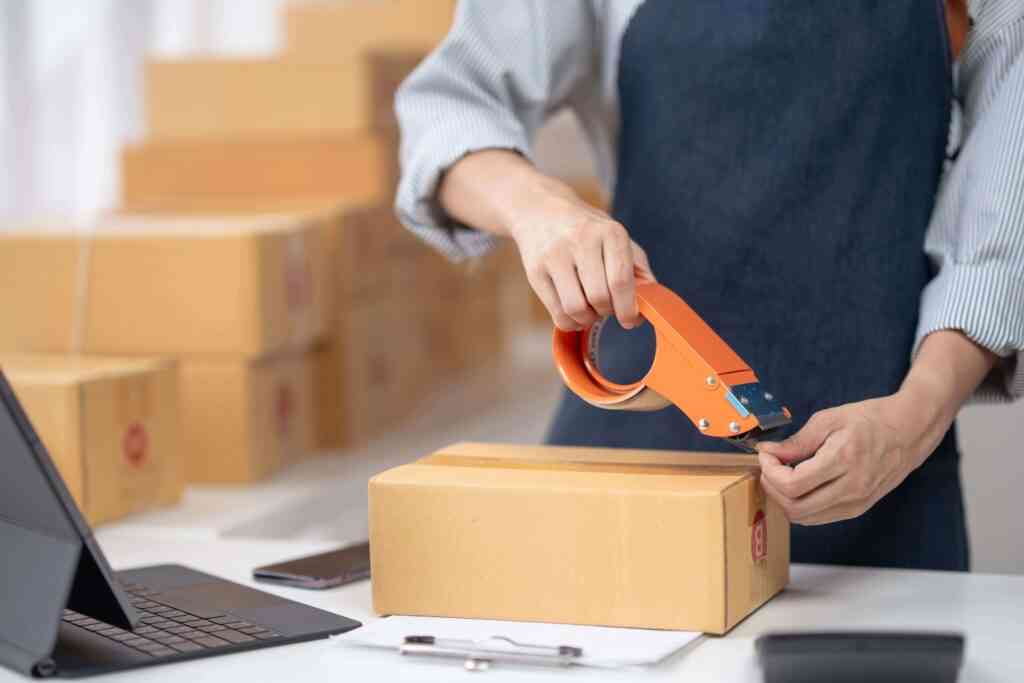
Fulfillment is an essential stage in the success of e-commerce, responsible for the entire process from receiving products at the distribution center to final delivery to the customer. Implementing it efficiently guarantees not only customer satisfaction, but also optimized operations and increased competitiveness in the market. Here's a step-by-step guide on how to put fulfillment into practice: 1. Planning and Structuring Fulfillment First of all, analyze your current operation and define your fulfillment objectives. Determine the physical space needed, the technologies that will be adopted and the teams responsible. This includes forecasting demand and adapting the logistics flow to the specifics of the products, such as perishables or fragile items. 2. Receiving and Storing Products The process begins when the products arrive at the distribution center. Use stock control systems to record each item, checking its integrity and ensuring that it is stored in an organized and easily accessible manner. 3. Order processing When an order is placed, the fulfillment system kicks in. The customer's information, such as address and product details, is automatically sent to the team in charge, guaranteeing a speedy start to the operation. 4. sorting, packaging and shipping Product sorting and preparation for shipment are crucial stages for efficient fulfillment. Use technologies such as pick-to-light or voice picking to optimize picking and ensure that items are separated quickly and accurately. Choose suitable packaging that protects the products and reflects your brand identity, such as customized boxes or sustainable options. After packaging, connect with reliable carriers to ship the orders, offering options such as express shipping or locker pickup. Ensure that shipping labels are correct and send automatic updates so that customers can keep track of the delivery status. Also structure reverse logistics to facilitate exchanges and returns, focusing on offering a satisfactory shopping experience from start to finish. 5. Monitoring and Continuous Improvement Monitor all stages of fulfillment using key performance indicators (KPIs), such as average processing time, on-time delivery rate and returns rate. Use this information to identify bottlenecks and implement improvements, ensuring the continuous evolution of the process. 6. technology Implementing fulfillment requires strategic planning and technological integration. Start by identifying a logistics partner or internal structure that meets the demands of your business. Invest in warehouse management systems (WMS) for stock control and in the use of software that connects all stages of the process, such as ERP and OMS. Make sure you train the teams involved and document workflows so that each employee knows their role. Also, align deadlines and quality standards with carriers and other suppliers to avoid failures in the operation. Implementing fulfillment in your company is a strategic step towards optimizing the logistics operation, reducing costs and providing a superior customer experience. With a more efficient and scalable process, your company gains agility in service, improves delivery times and strengthens its competitiveness in the market.
How is Fulfillment used by Magalu?
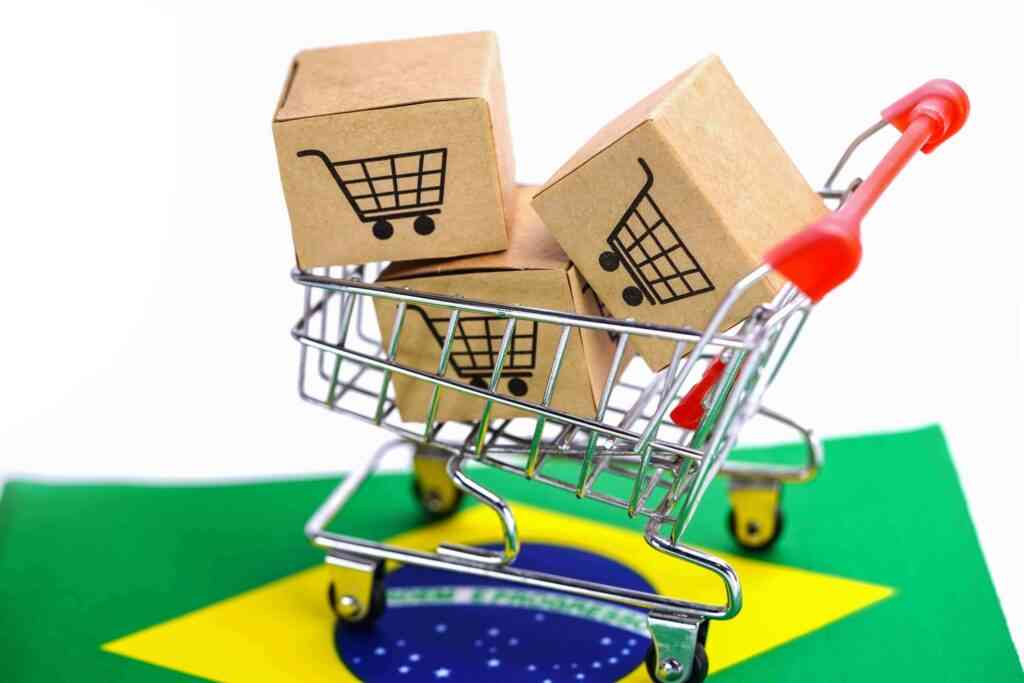
Fulfillment is used to boost customer sales and is very common in the country's main marketplaces, such as Magalu and Mercado Libre. This business model is used by retailers to facilitate the storage, packaging and shipping of products, as well as improving the consumer experience and providing a more efficient logistics process for these two sellers' partner sellers. How does Full do Magalu work? Initially, the process is carried out directly by the company that owns the product, following the steps: registration, storage, stock management, packaging, delivery, support and after-sales, payment. What are the advantages of having Magalu Fulfillment? Magalu Fulfillment is an option for those who want to start selling their products on the marketplace. At Social, we manage the main marketplaces on the market. Through our Digital Commerce hub, we extend the reach of your business and connect brands that can benefit from your audience, helping you to reach more consumers and increase visibility.
Mercado Libre and Fulfillment: what are they?
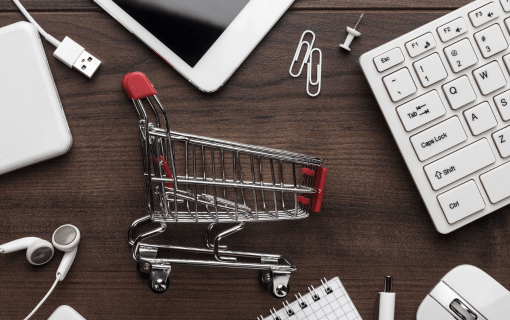
Fulfillment is the business model that integrates all processes, from ordering to stock picking, packaging, delivery and after-sales, and is widely used by the country's main marketplaces, such as Mercado Libre and Magalu. In this article, you'll find out how this service works at Meli and what its benefits are. How does Mercado Livre Fulfillment work? Mercado Envios Full, as the service offered by Mercado Livre is called, is responsible for the entire logistics flow: from receiving the products, through storage and sorting, to sending them to the end consumer. It's a great ally for expanding sales and offering a quality service. What are the benefits? Opting for Fulfillment in marketplaces is an effective way to position your brand, reach more customers and stand out from the competition. We manage marketplaces for Mercado Libre, Magalu and other important sellers in the market. Our aim is to connect your products to the right platforms, working with more than 300 marketplaces. In addition, we bring together brands that could benefit from your business's audience, helping you to reach even more consumers and increase your visibility.
Do you know what Fulfillment is?
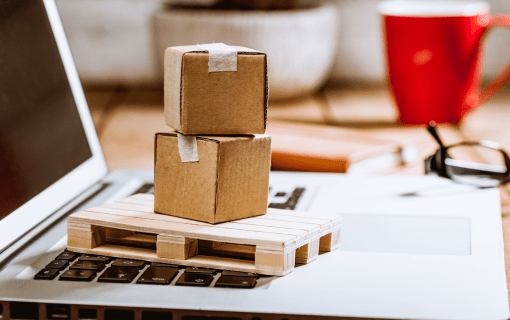
When we talk about a Full Digital Commerce company, one of the services offered to clients is Fulfillment. This excellent service integrates strategies, optimization, management and execution of logistics activities. Fulfillment covers all the processes from ordering to stock picking, packaging, delivery and after-sales service. This service can be carried out directly by the flagship or through third-party companies. In order to guarantee an excellent shopping experience, Fulfillment follows essential stages: Receipt of orders The first stage of Fulfillment is when the company receives and registers the products in stock. This process is fundamental to the organization of Fulfillment. Inventory At this stage, the products are carefully stored, ensuring that they are in optimum condition for sale. This is also where product expiry dates are checked. Picking This process consists of collecting the products according to the specifications of the customer's order, such as color, model and size. Efficient organization in the previous stage facilitates picking, allowing items to be found quickly. Product packaging Packaging is essential to guarantee a satisfactory shopping experience. Packing products correctly ensures that they arrive at their destination in perfect condition, preserving their quality. Delivery and transportation Here, the delivery times are indicated to the customer, who will be waiting for the product at their final address. After-sales After delivery, the company should offer customer support to answer any questions about the product. It is also advisable to send out a satisfaction survey to obtain feedback and improve future sales. At Social, we offer the Fulfillment service to our customers! Contact our team of experts to find out more.
Fulfillment: guaranteed good results on Black Friday
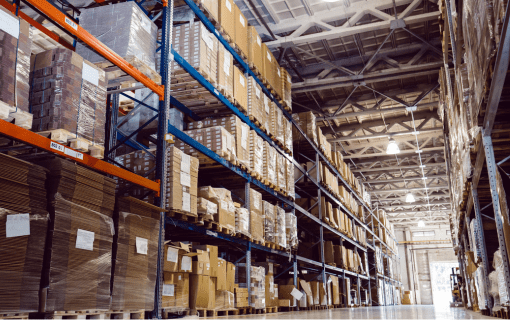
The most important date for online retail is just around the corner, and the question is: will the products your customers buy on Black Friday be delivered? That's why we're going to talk about fulfillment, which encompasses all the stages of order processing and delivery, from product separation to arrival at the customer's door. During Black Friday, efficient management of fulfillment parameters is essential to guarantee customer satisfaction and sales success. It is crucial that the agreed deadlines are met and that deliveries arrive on time at consumers' homes. Don't improvise! Black Friday needs to be planned in advance. This is the most important moment in the process. With a six-month view in advance of the date, it is possible to analyze, forecast and revise demand, examine the sales history of previous years and identify which products are most in demand by the public. This ensures that stock is adequate and that resources are planned to optimize fulfillment operations. Sell what you can Sell a product that is out of stock generates dissatisfaction and can damage the company's reputation. To avoid this problem, a good practice is to maintain strict stock control using management systems (ERP/WMS) that automatically update available quantities, aligning sales forecasts with suppliers' purchasing plans. This helps to ensure that stock is always in line with demand. Another important point is the strategic location of products in the warehouse. This is essential for optimizing order picking times. Automated mode Automation plays a crucial role in fulfillment during Black Friday. The use of advanced technologies, such as A, B, C stock curve management systems, strategically positioned and systematically stocked picking locations, as well as picking automation through various AI tools, can significantly reduce order processing times. These automation tools help to optimize storage, pick orders faster and ship more accurately. Automated systems allow operations to be monitored in real time, making it easier to track the status of each order and resolve problems more quickly and efficiently. You have to deliver In order for the entire fulfillment journey to be carried out well, it is essential to avoid problems when delivering products. At this point, it is essential to work with multiple transport partners, diversifying delivery options and minimizing the impact of possible delays, especially by offering same day and next day delivery options. It's also important to have a team trained to deal with the fast pace of operations on the most important date of the year. And, of course, negotiate SLAs (Service Level Agreements) in advance to ensure that expectations are properly met. Need a change? Problems with orders (or the famous discrepancies) can occur with online purchases, and during Black Friday this can be even more common due to the increase in sales. In this context, it is essential to have clear and easy-to-understand exchange and returns policies, so that the consumer can carry them out without difficulty. Data and insights The forecast of any company with online sales carries a lot of weight during Black Friday, and at this point, data is a great ally! At the start of planning, it's crucial to have access to accurate figures in order to prepare well. Throughout Friday (and the weekend), it's equally important that these insights are updated. Business Intelligence (BI) is a fundamental part of Black Friday fulfillment. With it, metrics such as order processing time, return rate, level of customer satisfaction and delivery time should be monitored in real time. This makes it possible to identify bottlenecks in the operation and make adjustments quickly. In addition, BI helps with strategic decision-making, improves operational efficiency and guarantees the best possible customer experience. Personalization: a competitive differentiator In addition to good fulfillment practices, another important point that sets companies apart during Black Friday is personalization. This involves everything from creating a strategy to offer a customized shopping experience to the moment the product is delivered. Whether through differentiated packaging, personalized messages or products tailored to the consumer's preferences, a personalized approach can be decisive on Black Friday, when the competition for the customer's attention is intense. Combining strategies Satisfaction, differentiation, loyalty and increased value - combining these elements in strategies during periods such as Black Friday ensures that customers are even more likely to buy outside of a specific date. These actions help to build an emotional relationship with the consumer, generating a connection that goes beyond digital. Personalization executed within full commerce is a powerful strategy for delighting customers during Black Friday and standing out from the competition. A company's success on Black Friday goes far beyond offering good promotions and discounts. The management of these assets plays a crucial role in ensuring customer satisfaction and sales success. Investing in a full commerce operation, with an efficient fulfillment operator, not only brings immediate results during Black Friday, but also helps build a solid reputation, increasing customer loyalty and preparing the company for long-term growth.
Success or failure? The role of fulfillment in e-commerce

Fulfillment dictates the success or failure of e-commerce, since the concept is primarily reflected in the customer satisfaction strategy. Present throughout the entire journey of an order, i.e. from the moment it is placed to the point at which the product is delivered to the consumer, fulfillment has numerous stages that result in a reduction in operating costs and delivery times. The logistics solution gained popularity during the Covid-19 pandemic, when online sales boomed among Brazilians due to restrictive measures. During this period, around 13 million consumers made their first purchase online. Today, a beautiful store layout alone, combined with a functional sales funnel, does not determine the success of sales and business. This is because it is fulfillment that simplifies and optimizes the company's service chain, as well as synchronizing online and offline operations, making the delivery experience as good as the sales experience. It's no wonder that fulfillment is becoming increasingly popular in both B2C and B2B operations, as it provides agility and precision, both considered key terms in the dynamic and competitive world of e-commerce. Revolutionizing logistics, optimizing processes and, above all, elevating the customer experience, the concept is already present on platforms such as Shopify and Amazon. This makes it possible for small and medium-sized companies to compete with big players in the market, for example. According to the survey How Retailers Use Innovation to Gain an Edge, by the Boston Consulting Group (BCG) and the World Retail Congress (WRC), retail investment in technology is expected to increase by 20% in Latin America by 2027. After all, companies that monitor behavioral changes and consumer preferences through data, achieve a higher return on investment (ROI). Also according to the study, at a global level, the retailers that invest the most in innovation - an average of 13% - achieve a 2.3x higher ROI than those that invest only 3%. By integrating automation and artificial intelligence, fulfillment has a technological synergy that enables a more cohesive, efficient and even sustainable operation. After all, it minimizes waste and improves energy efficiency, in line with the principles of green logistics, as well as facilitating reverse logistics through tracking and monitoring systems, while also predicting consumption patterns, which makes logistics more proactive. In fact, implementing this solution requires significant changes in internal processes and, above all, the integration of new technologies. Consolidated as a crucial strategic solution for the competitiveness and success of modern businesses, fulfillment requires investment in specialists in the field, infrastructure and continuous innovation. Therefore, entrepreneurs need to understand that the success of a brand is not strictly linked to the aesthetics of the store or an optimized sales pipeline, for example. Fulfillment is responsible for boosting consumer loyalty and, consequently, growth in turnover and net revenue, while it has become vital in the global supply chain. From ordering, picking, packing, logistics to after-sales, the model offers a series of benefits that will keep your business ahead of the competition.










